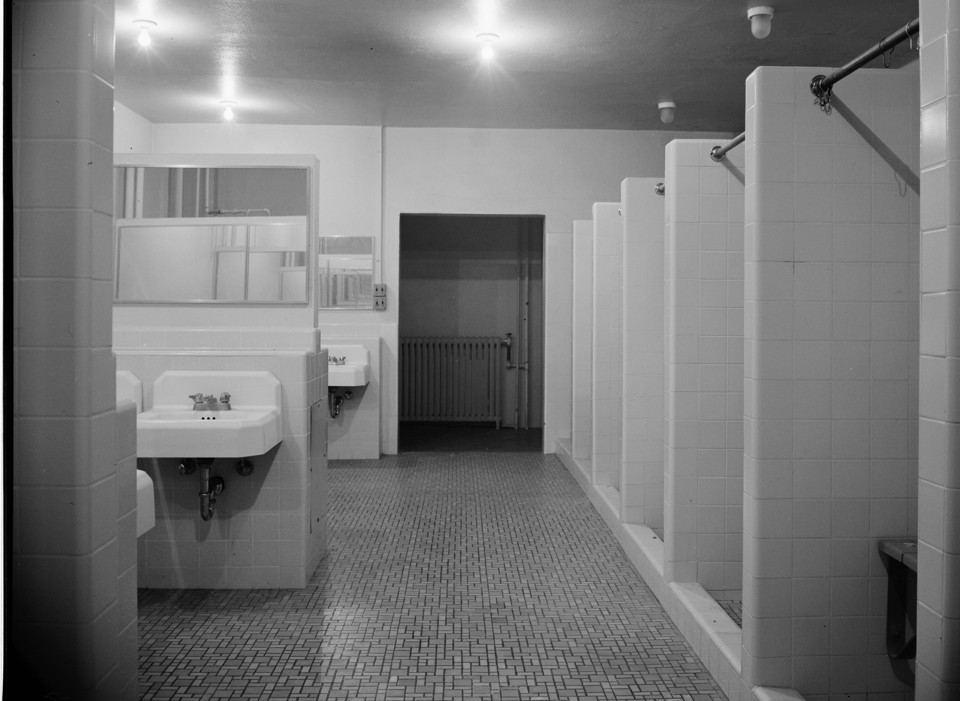
Bathing in Controversy
Mandatory showers became problematic as the concept of “children’s rights” gained currency, eroding the legal and social authority of schools.

Bathing in Controversy
Mandatory showers became problematic as the concept of “children’s rights” gained currency, eroding the legal and social authority of schools.

The Device That Democratized the Foot Race
As a technology of fairness, the starting blocks helped turn foot racing into an ideal for egalitarian citizenship.
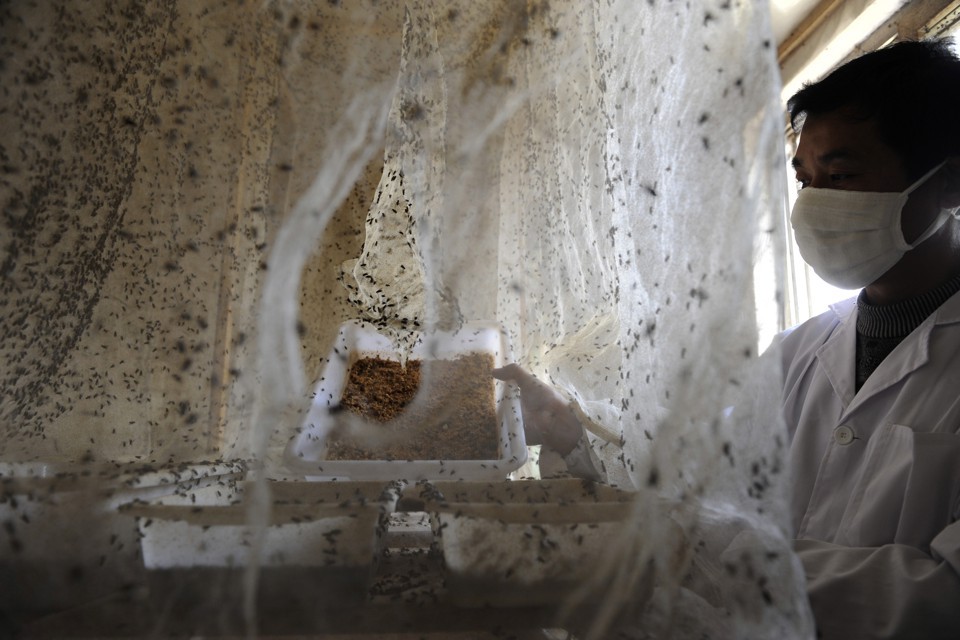
The Medical Uses of Maggots
Maggots can help—in particular, the creation of a tiny maggot highway.
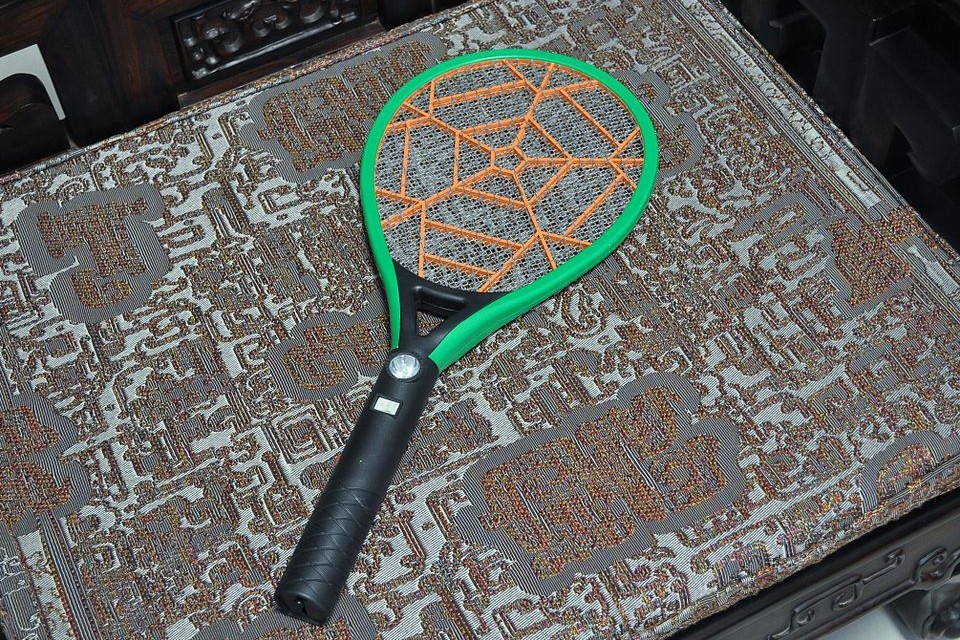
Does Electrifying Mosquitoes Protect People From Disease?
Given their dubious effectiveness, mosquito zappers might be best understood as a dark form of insect-slaying entertainment.
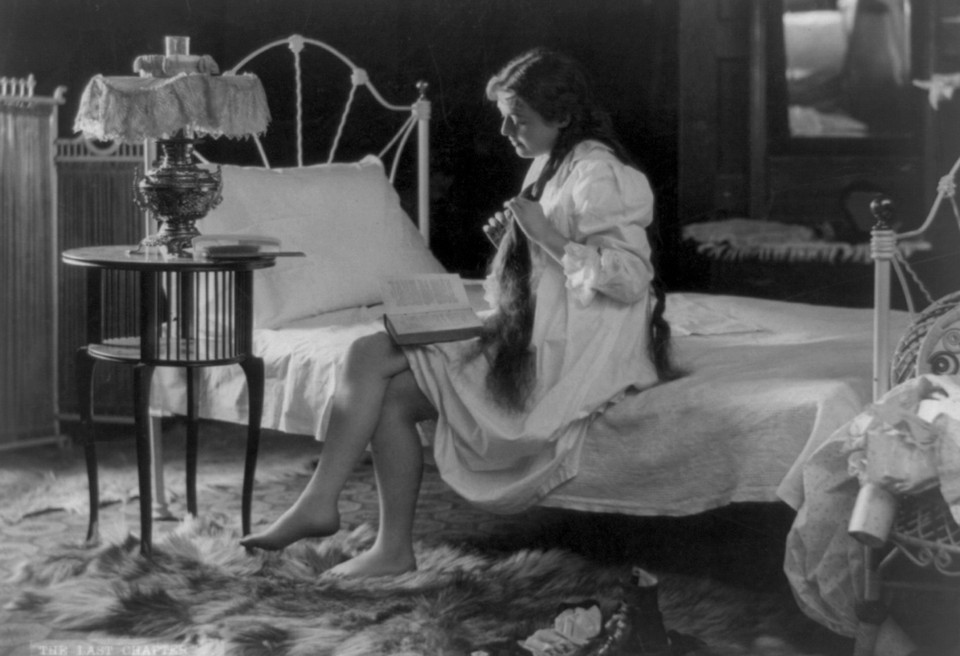
The Dangers of Reading in Bed
Readers were urged not to tempt God by sporting with “the most awful danger and calamity”—the flagrant vice of bringing a book to bed.
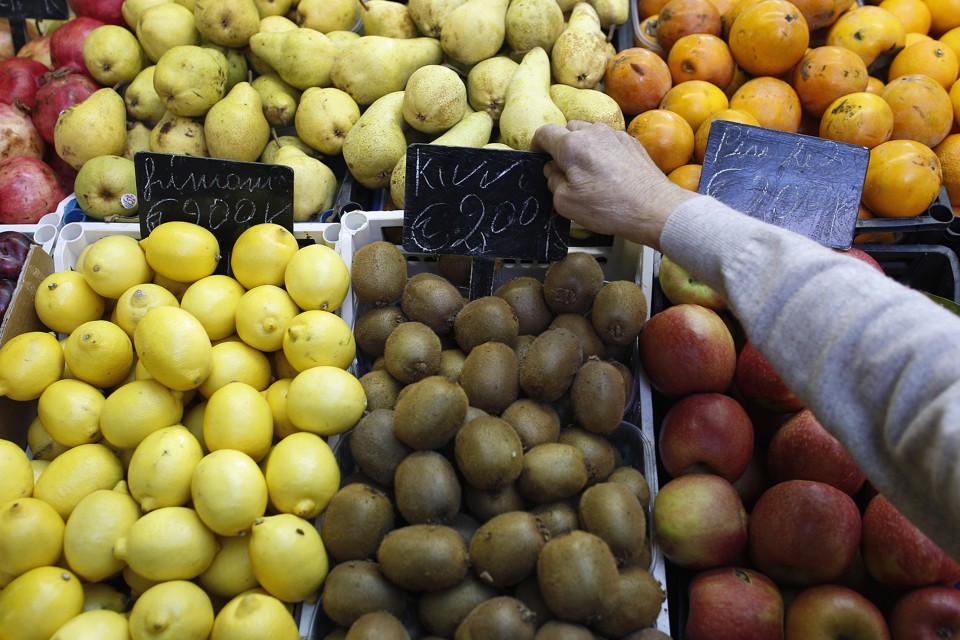
Why Fruit Has a Fake Wax Coating
If Eve found the fruit of the tree of knowledge of good and evil “pleasing to the eye,” then the fruit on offer in today’s supermarkets would surely dazzle her.

Have Leftovers Gone Bad?
Soon enough, they might represent what home cooking once meant, but no longer does.
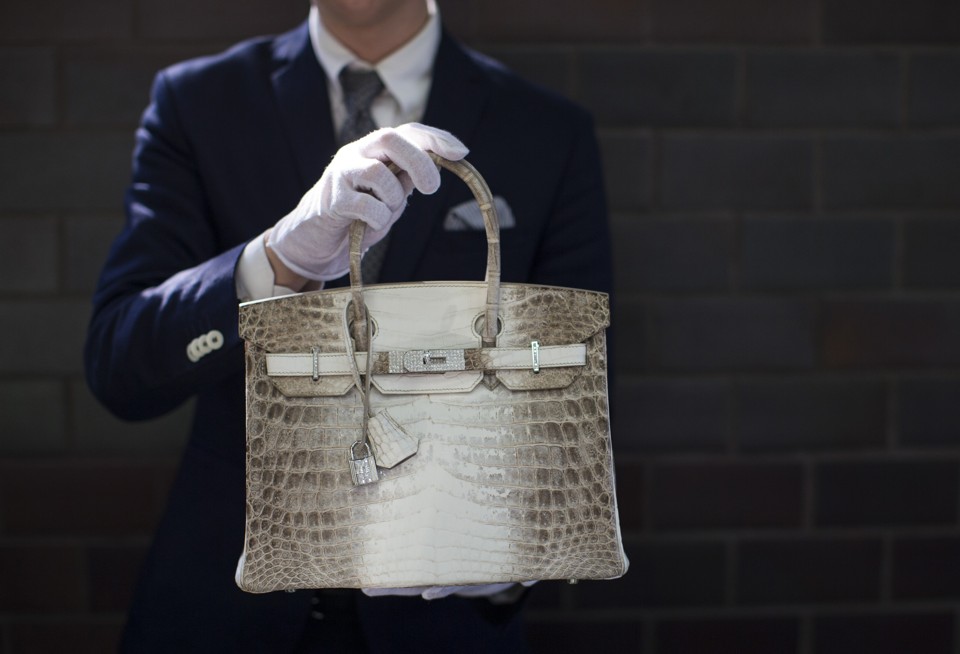
The Handbag’s Tale
From chatelaine to reticule to designer bag, the handbag has always offered both freedom and yoke. It encapsulates a fact about its owner, and reveals that fact as much as, or more than, it conceals her belongings.
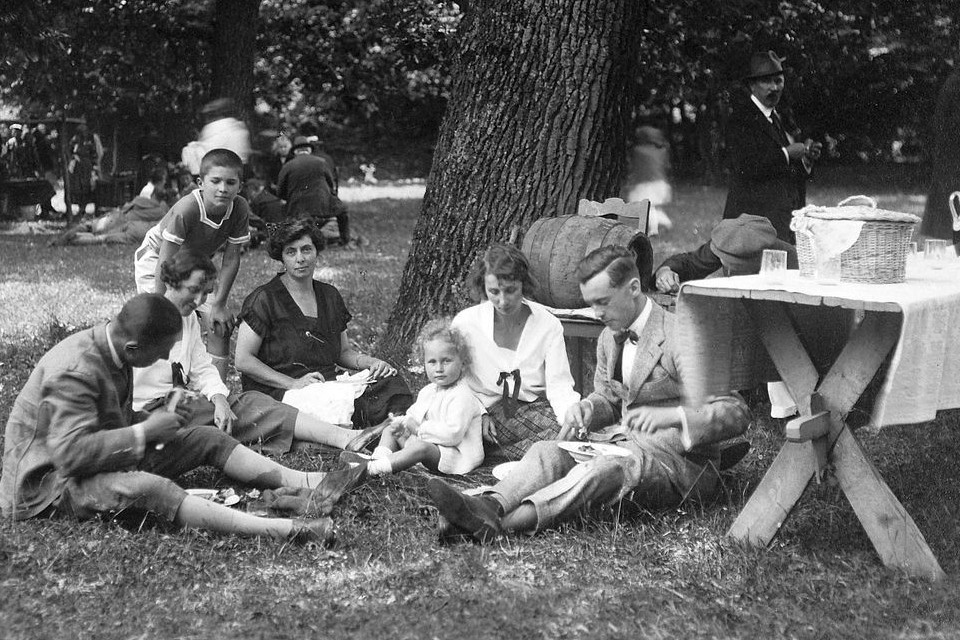
The Seductive Nostalgia of the Picnic
Once upon a time, every meal was a picnic. Then people got roofs and things.
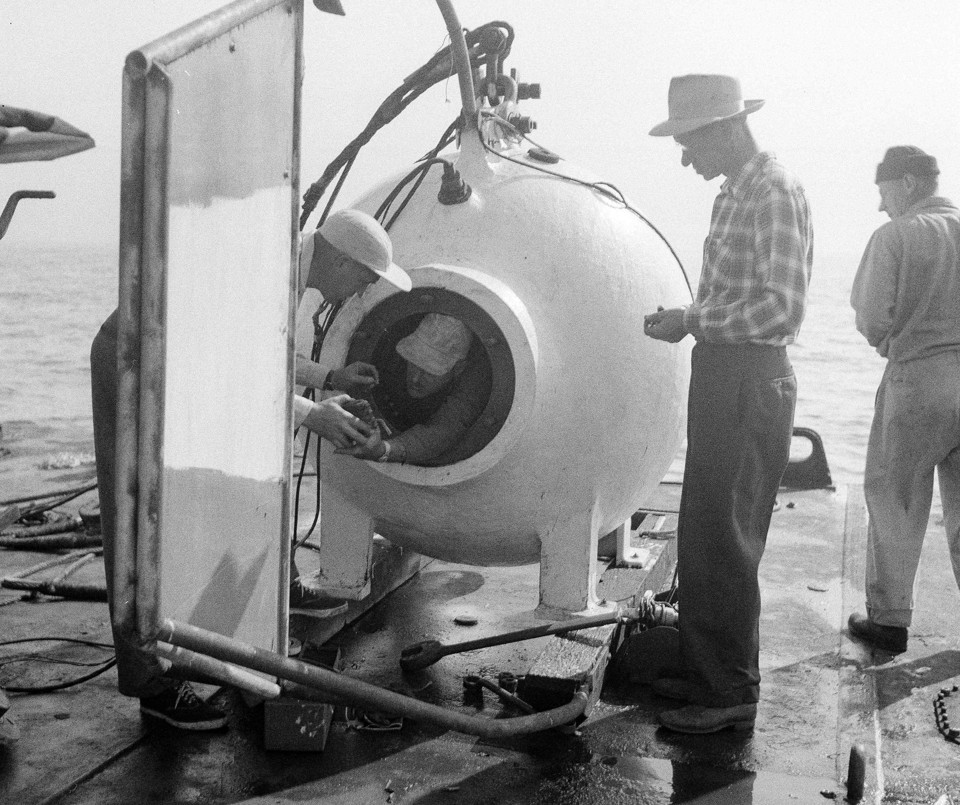
How the Diving Bell Opened the Ocean’s Depths
Once people realized that trapped air contains breathable oxygen, they took large pots, stuck their heads inside, and jumped into the nearest body of water. In the 2,500 years since, the device has been refined and expanded to allow better access to the ocean’s depths. But that access has not come without human cost.

Welcome, Please Remove Your Shoes
The slippers represent the hero’s indifference to life outside his home. But they also symbolize the domestic space, the feeling of leaving the worries of the world at the door, and the safety and comfort that only one’s abode can offer.
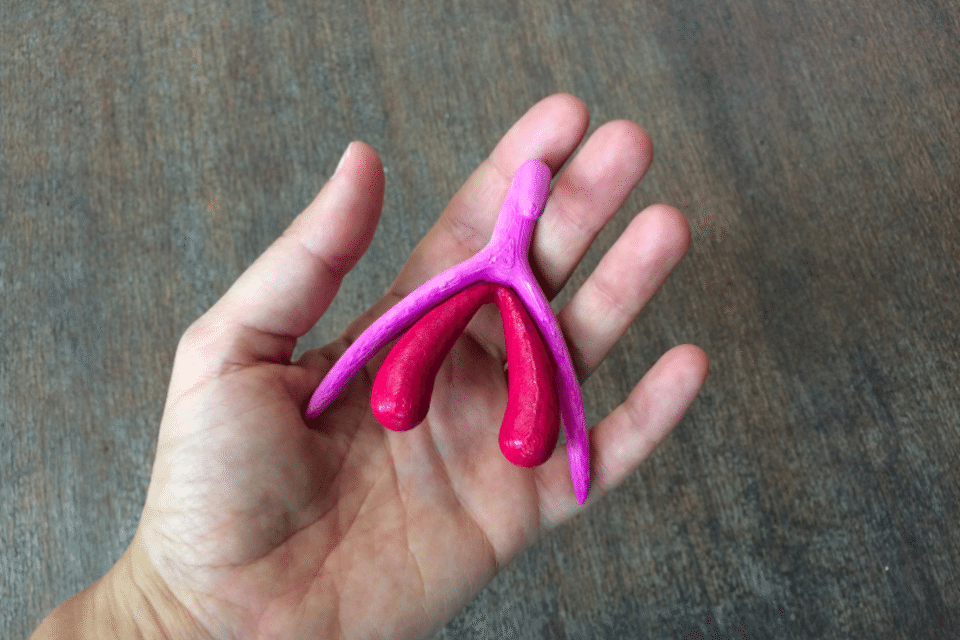
The Still-Misunderstood Shape of the Clitoris
The clitoris really isn’t that confusing. Or it shouldn’t be, anyway. Nonetheless, acknowledging the shape, size, or even existence of this essential body part has not always been par for the course—even in the medical profession.

How the Chili Dog Transcended America’s Divisions
The chili dog became a food laced with regional pride. It is one way that Americans identify themselves, a way to claim local citizenship. It’s ironic that a food descending directly from homogenization—a food that had to change itself to fit in—is now the same food regional fanatics hold up as uniquely local.

How New Orleans’s Favorite Mardi Gras Cocktail Was Saved From Extinction
New Orleanians are famous for their boozy traditions: lax open container laws, the Go-Cup, and drive-thru daiquiris shops (to name but a few). They often despair in the disappearance of even the most minor culinary tradition. In Louisiana, to lose a tradition such as Ojen often means losing entire communities and ways of life.

The Hidden History of the Laundry Chute
A laundry chute is a mythic domestic space. It’s an unwatched door to nowhere, the open throat of an old home. Its reputation has as much to do with convenience as with the early recognition that a house is not solid through and through. The laundry chute is a place where stains and embarrassing odors go to be erased, and dropping linen down the chute is a mnemonic for forgetting those embarrassments, for making such accidents invisible. Most of a laundry chute is sealed behind walls, and this covert quality draws people to encounter such items that laundry chutes are built explicitly to contain.

The Heirloom Art of the Sewing Machine
Unlike humans—who produced natural variation by virtue of training, oversight, preference, or simple idiosyncrasy—the sewing machine could achieve uniformity, evenness, and consistency because its construction “trained” it to repeat endless copies of the desired stitch length. Previous generations would have seen the machine as lacking the care and precision of hand sewing; haste made waste in that the quality couldn’t equal that of a one-of-a-kind piece. But was the machine’s work inferior?

The Camera Technology That Turned Films Into Stories
Before film was art, it was machinery. It took years for film to get the kind of legal protection that the other, more prestigious arts enjoyed. In the early days, it was technology, protectable only by patent. As a result, film, as a product, was strange and vulnerable, subject to duping, sabotage, and all kinds of strange patent traps set by Thomas Edison to keep independent filmmakers from gaining power.

A Short History of the Tomboy
If culture’s understanding of girlhood is not exclusive to being “girly,” is a tomboy a tomboy anymore, or just one way of being a kid?

The Social Advantage of Pockets
Pockets help determine who gets power and who is deprived of it. If “to pocket” means to put away, the pocket emerges as a site of both preservation and defeat. To trace who has pockets and who is denied them makes us consider to what extent being a subject means having things, and being able to access them.

Will Humans Run Out of Fertilizer?